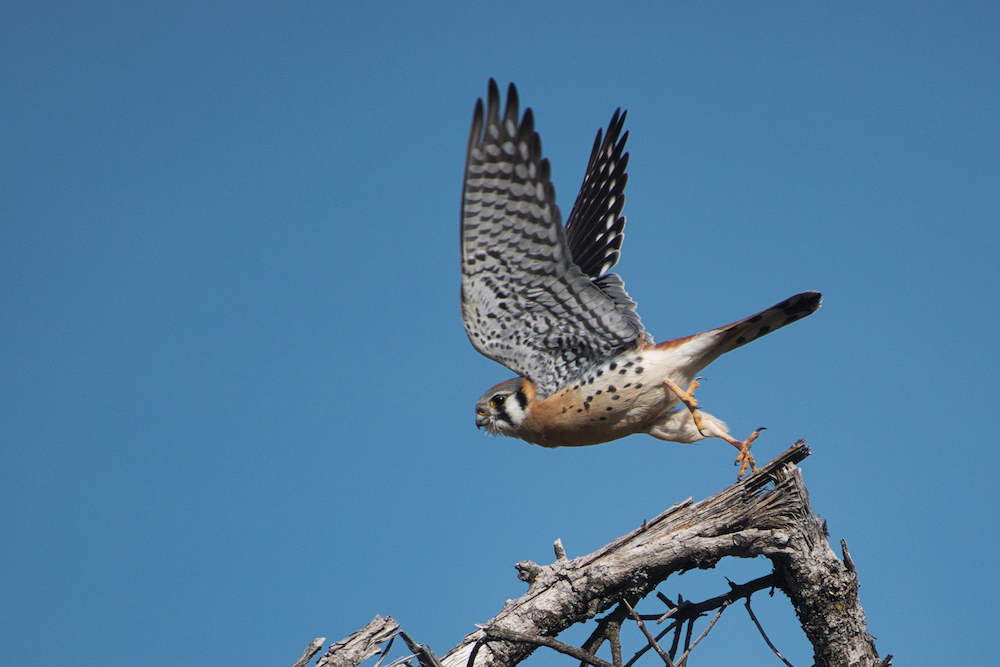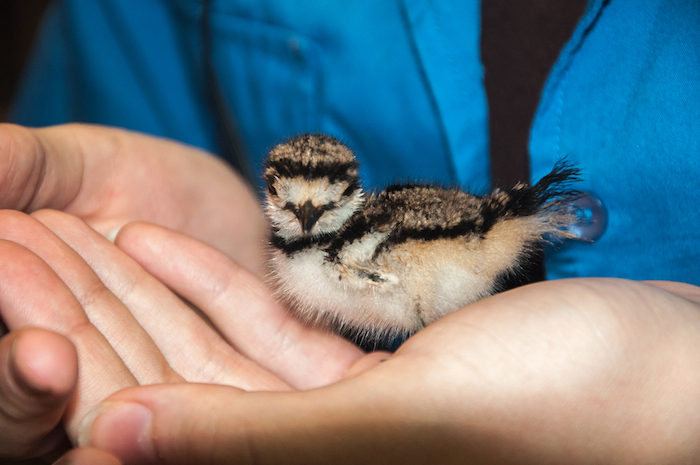
Shasta Wildlife Rescue and Rehabilitation employees and volunteers will be introducing a menagerie of education animals to us via Zoom for our March meeting. Depending on each animal’s amenability during our time frame, we may be seeing both birds and reptiles: a crow, kestrel, turtle, and a rosy boa may appear. Learn the fascinating natural history of each animal, how they came into care, and the amazing work of our local wild animal rescue group.
Raven Capozzo is the general manager of Shasta Wildlife and will emcee the program. When she was fifteen years old she began volunteering at Sulphur Creek Nature Center in Hayward and was eventually hired there as a naturalist. When she moved to the Redding area, she rescued a Turkey Vulture on her property and brought it to Shasta Wildlife where the staff were surprised that she knew how to avoid the inevitable puking of the bird during its capture and exam. She was hired and soon became general manager in 2019.
Shasta Birding Society is inviting you to a scheduled Zoom meeting.
Topic: March Presentation from Shasta Wildlife Refuge
Time: Mar 13, 2024 07:00 PM Pacific Time (US and Canada)
Join Zoom Meeting
https://us06web.zoom.us/j/89551071450
Meeting ID: 895 5107 1450
—
One tap mobile
+12532050468,,89551071450# US
+12532158782,,89551071450# US (Tacoma)
—
Dial by your location
• +1 253 205 0468 US
• +1 253 215 8782 US (Tacoma)
• +1 669 900 6833 US (San Jose)
• +1 719 359 4580 US
• +1 346 248 7799 US (Houston)
• +1 669 444 9171 US
• +1 507 473 4847 US
• +1 564 217 2000 US
• +1 646 931 3860 US
• +1 689 278 1000 US
• +1 929 205 6099 US (New York)
• +1 301 715 8592 US (Washington DC)
• +1 305 224 1968 US
• +1 309 205 3325 US
• +1 312 626 6799 US (Chicago)
• +1 360 209 5623 US
• +1 386 347 5053 US
Meeting ID: 895 5107 1450
Find your local number: https://us06web.zoom.us/u/kdQaBuLUq2

